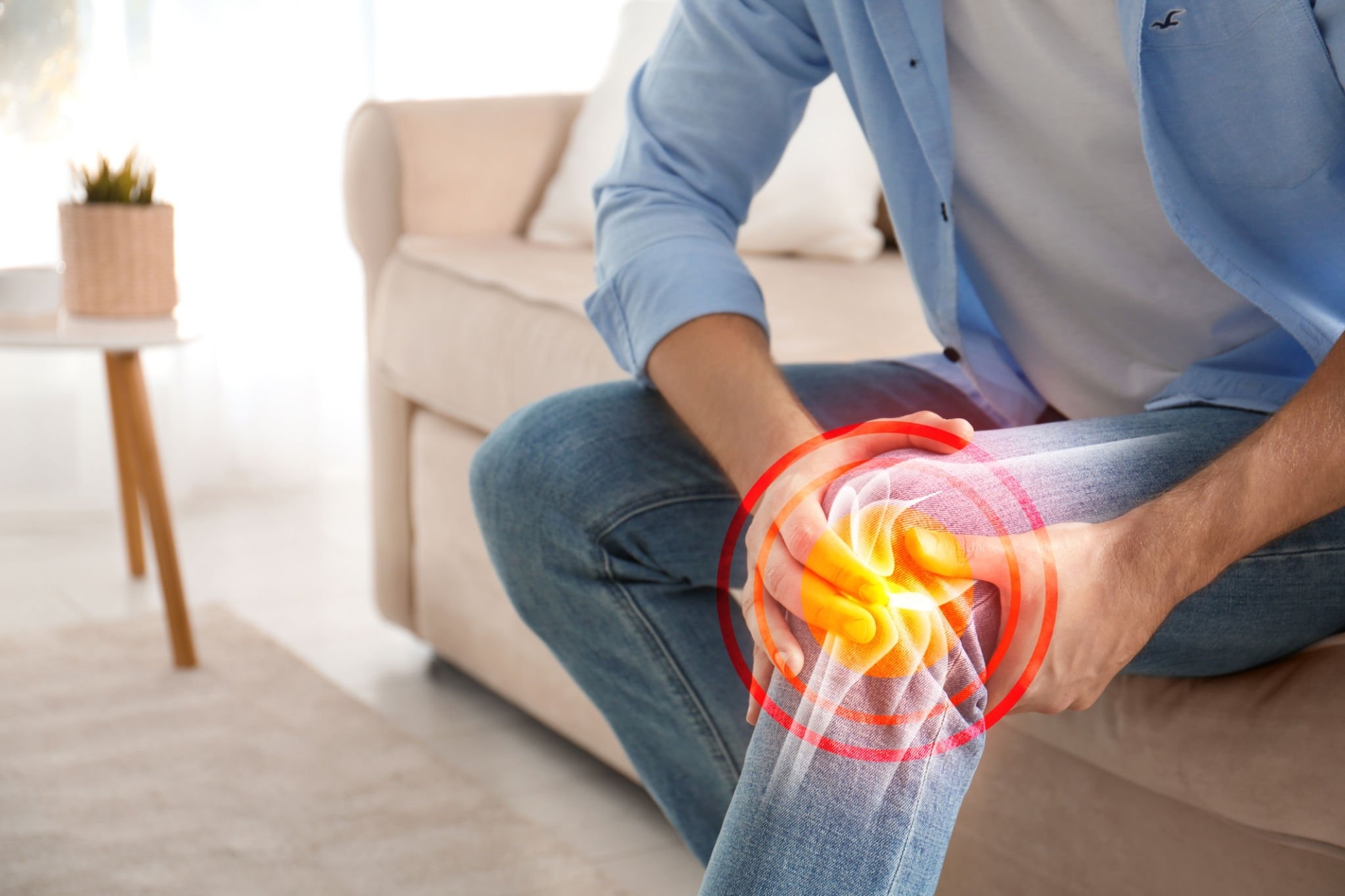Understanding Arthritis: Causes, Symptoms, and Treatment Options
Arthritis is a common yet complex condition that affects millions of people worldwide. It is characterized by inflammation and stiffness in the joints, leading to pain and decreased mobility. This article aims to provide a comprehensive overview of arthritis, including its causes, symptoms, and available treatment options.
1. Types of Arthritis:

There are over 100 different types of arthritis, but the two most common ones are osteoarthritis and rheumatoid arthritis.
- Osteoarthritis: This type of arthritis occurs due to the wear and tear of the joints over time. It commonly affects older individuals and causes the breakdown of cartilage, leading to joint pain and stiffness.
- Rheumatoid Arthritis: Rheumatoid arthritis is an autoimmune disease that causes chronic inflammation in the joints. It can affect people of any age and may lead to joint deformity and disability if left untreated.
2. Causes and Risk Factors:
The exact causes of arthritis vary depending on the type, but several factors contribute to its development:
- Age: Osteoarthritis is more common in older individuals, while rheumatoid arthritis can affect people of any age.
- Genetics: Some forms of arthritis have a genetic component, making certain individuals more susceptible to developing the condition.
- Joint injuries: Previous joint injuries or repetitive stress on the joints can increase the risk of developing arthritis.
- Obesity: Excessive weight puts additional stress on the joints, increasing the likelihood of developing arthritis, especially in weight-bearing joints such as the knees and hips.
- Infections: In rare cases, infections, such as Lyme disease or bacterial infections, can trigger specific types of arthritis.
3. Symptoms and Diagnosis:
The symptoms of arthritis can vary depending on the type and severity of the condition. However, common symptoms include:
- Joint pain, tenderness, and stiffness
- Swelling and redness around the affected joints
- Decreased range of motion
- Fatigue and general weakness
- Morning stiffness that lasts for more than an hour
To diagnose arthritis, doctors may conduct a physical examination, review medical history, and order imaging tests (X-rays, MRIs) or blood tests to determine the type and extent of the condition.
4. Treatment Options:
While there is no cure for arthritis, various treatment options can help manage the symptoms and improve quality of life:
- Medications: Nonsteroidal anti-inflammatory drugs (NSAIDs), corticosteroids, and disease-modifying antirheumatic drugs (DMARDs) are commonly prescribed to relieve pain, reduce inflammation, and slow disease progression.
- Physical Therapy: Physical therapy exercises and techniques can help improve joint function, strengthen surrounding muscles, and reduce pain.
- Lifestyle Changes: Maintaining a healthy weight, exercising regularly, and adopting joint-friendly activities can alleviate symptoms and prevent further joint damage.
- Assistive Devices: The use of assistive devices such as braces, splints, or canes can provide support, reduce joint stress, and improve mobility.
- Surgery: In severe cases where conservative treatments fail, joint replacement surgery or joint fusion may be considered to restore joint function and alleviate pain.
Conclusion:
Arthritis is a widespread condition that affects millions of people globally. Understanding the causes, symptoms, and treatment options is crucial in managing this chronic condition effectively. While arthritis may pose challenges, advancements in medical research and ongoing efforts to develop innovative treatments offer hope for better management and improved quality of life for individuals living with arthritis.
